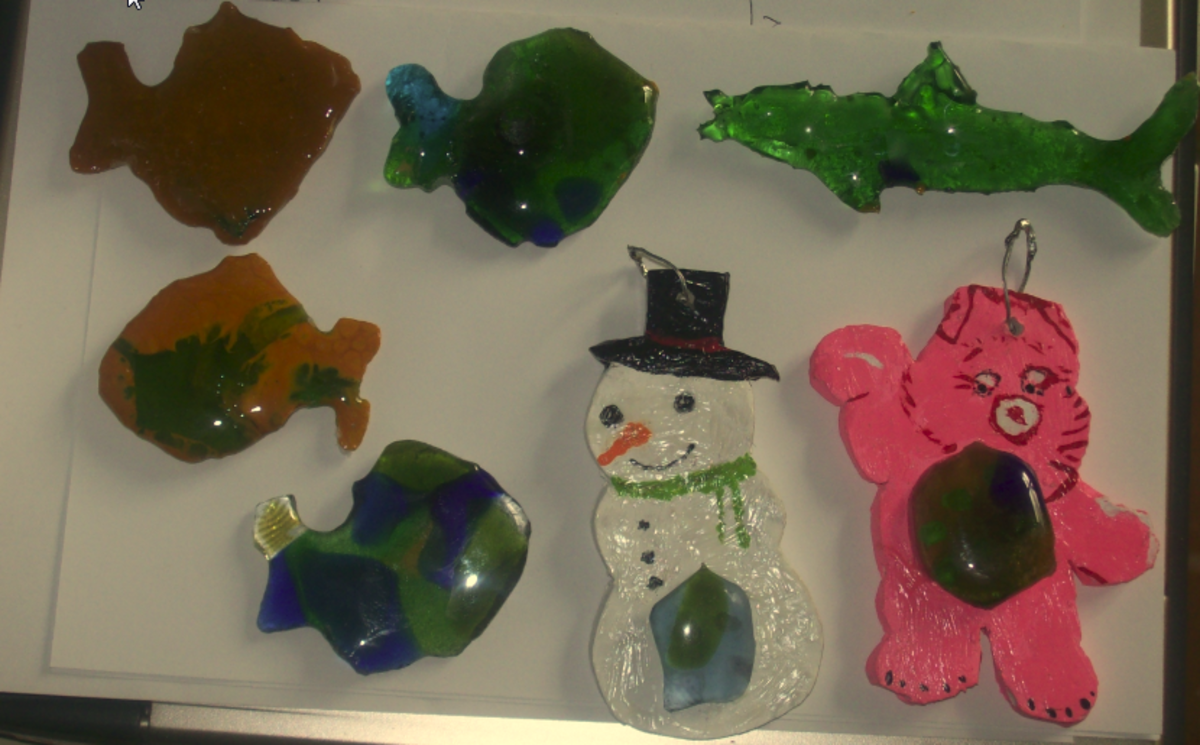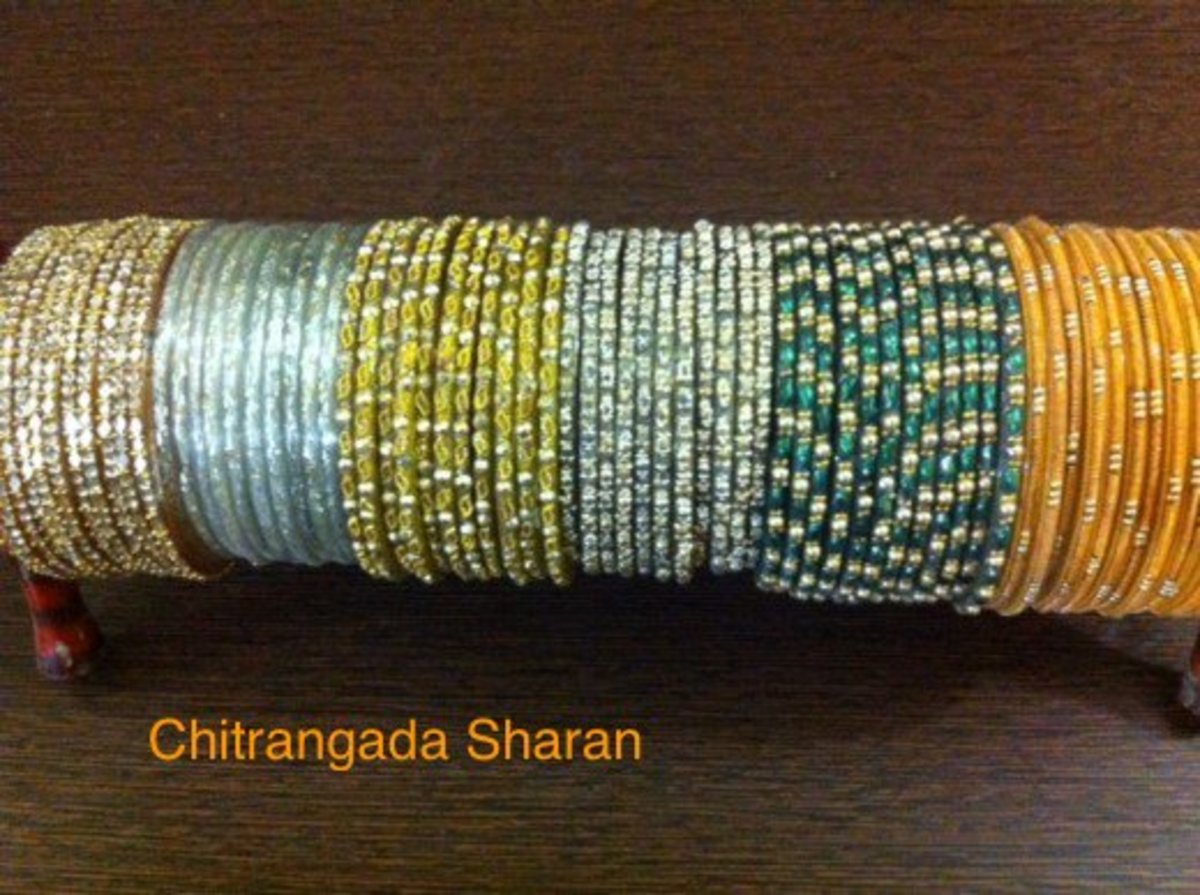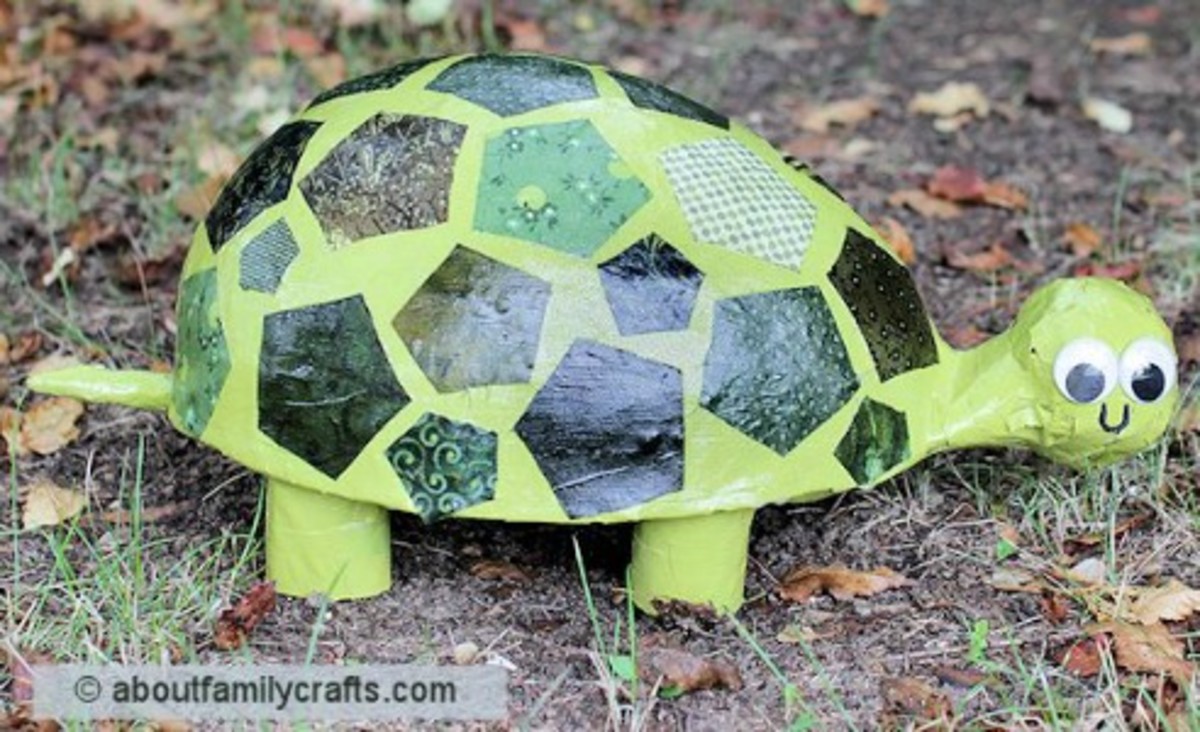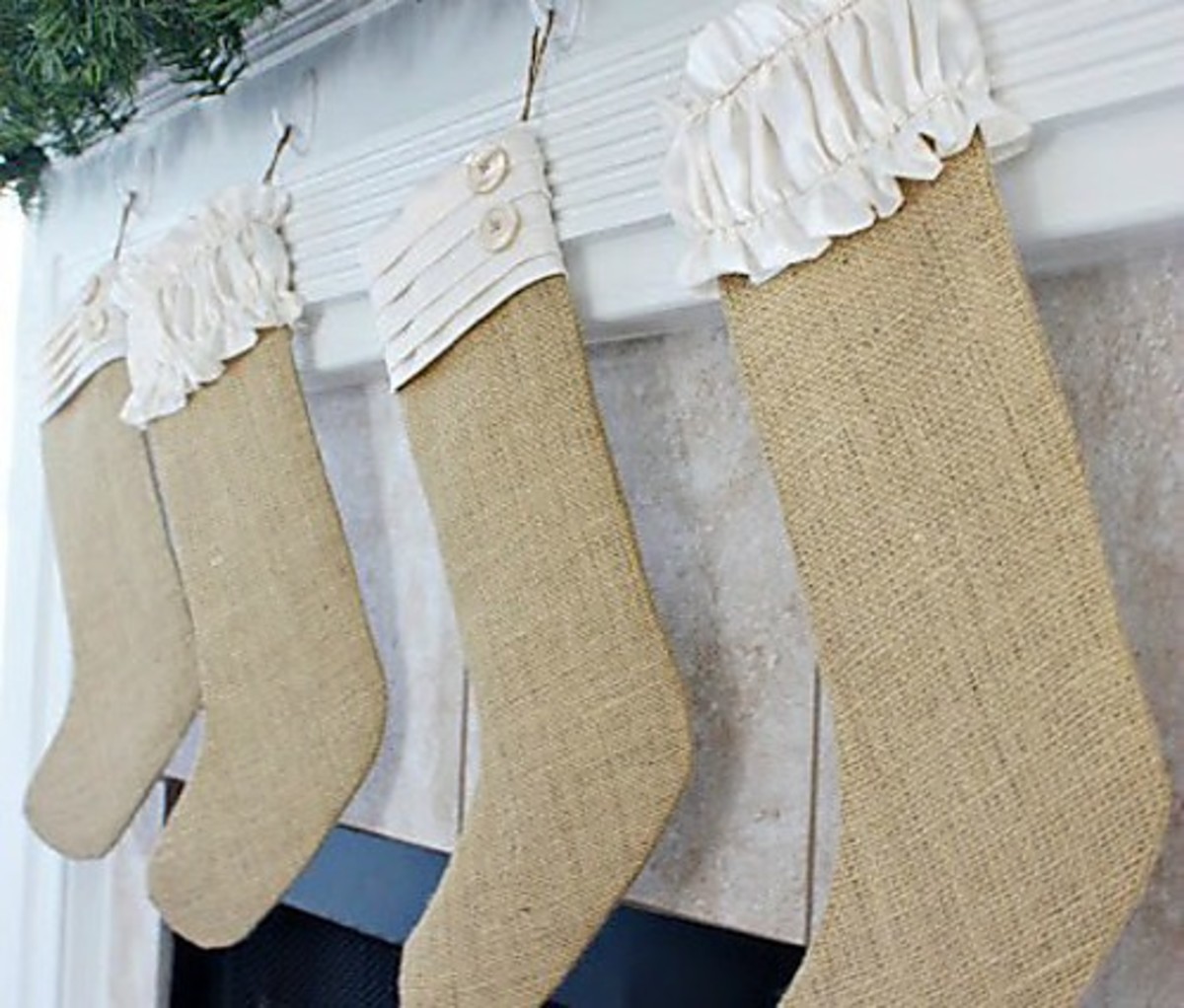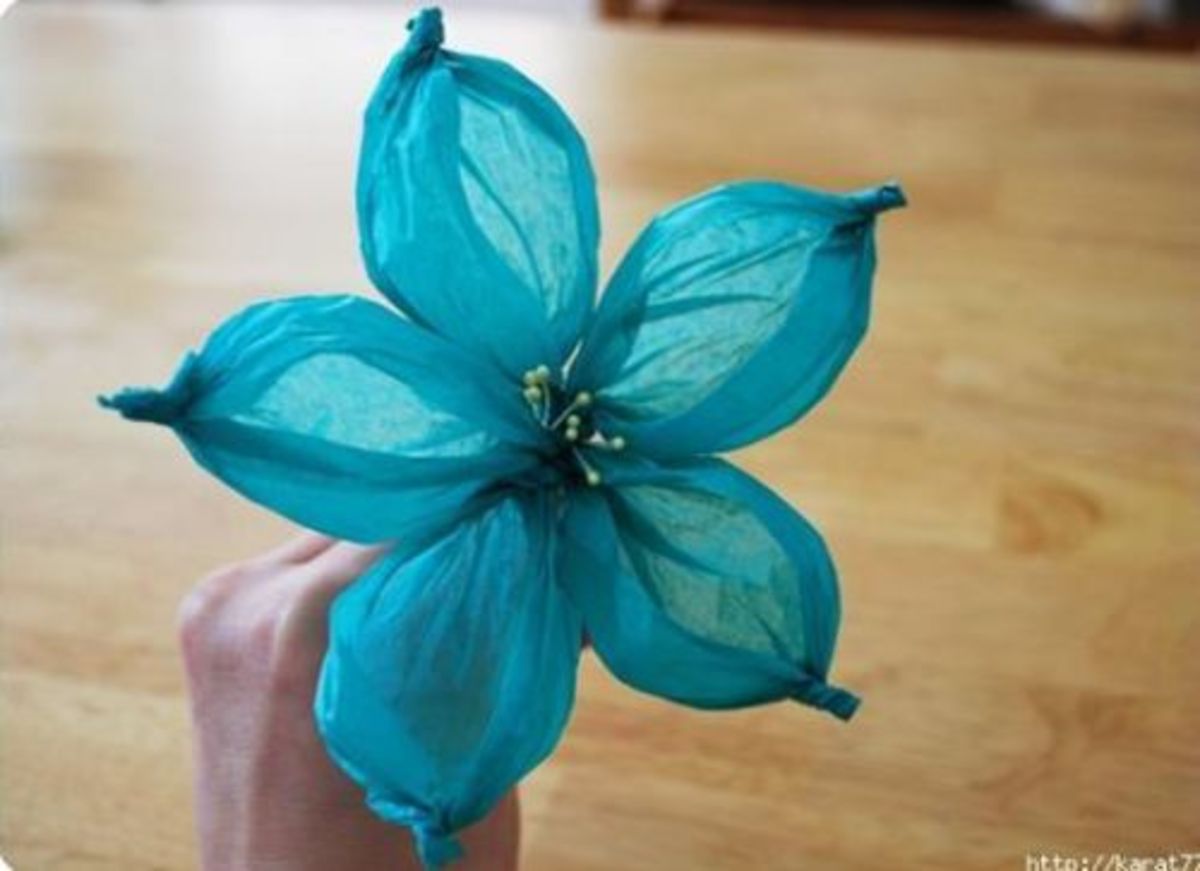Fused Glass - Glass Pendants - Final Step
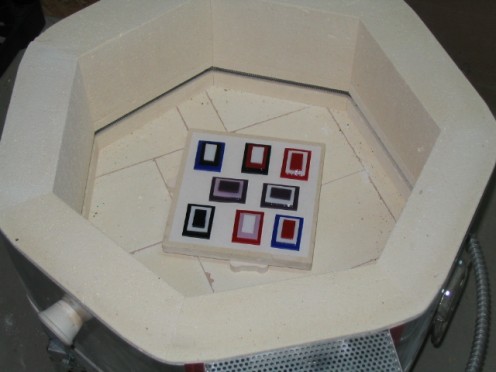
Loading Your Kiln
Congratulations, you've arrived at the final step of our fused glass pendant project, and you're ready to fire up the kiln and finish your first fused glass pendants!
Start off by placing your loaded kiln shelf into your glass kiln. I suggest that you raise the kiln shelf up off the floor of your glass kiln with some 1/2 inch kilns posts. I like to raise up the shelf for a couple of reasons, one being that it is just easier to get your hands under the shelf and lift it when you have gloves on, and the other is that I believe I get a more even heating of my projects by having some air space under the kiln shelf.
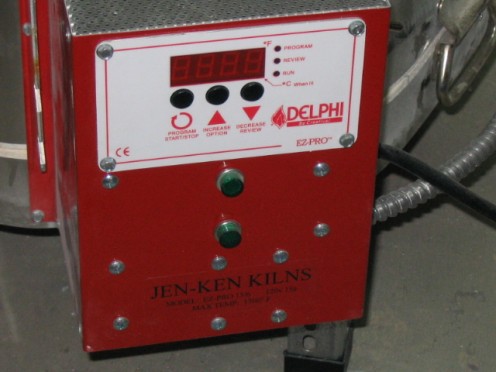
Firing Your Fused Glass
It's time to fire your fused glass pendants. You have already loaded your kiln and now you'll need to use the electronic controller on the kiln to set a firing schedule. I'll include the firing schedule that I use when I'm making glass pendants, but you should know that every kiln is different and what works for one kiln may or may not work the same in every other kiln.
Don't Worry! Be Happy! - Be assured that if you have followed the instructions fairly closely, you will be successful, and if you need to, you can re-fire your pieces if necessary.
Firing Schedules and Logs
Before you get started with your firing, I suggest you get a note pad and a pencil and write down everything you do during this step of your fused glass project. It is important to write down the firing schedule that you use on your project so that if you are happy with the results you can repeat them on future projects, and more importantly if you are unhappy with your results you can make changes to improve the final look of your fused glass pendants.
Depending on what kind of glass kiln you have, your kiln controller may or may not be similar to the one I use, so you should familiarize yourself with the controller that you have by referring to the manufactures instruction book (boring, but necessary).
If your kiln controller has a preset program for full fusing you can try that program to start with (check your kiln's users manual).
If your kiln does not have a preset program for full fusing, you can follow the firing schedule that i use, which is listed below.
Firing Schedule and Log
FIRING SCHEDULE
| |||
|---|---|---|---|
Starting Temp
| Ramp Rate
| Target Temp
| Hold Time
|
0 F
| 600 / HR
| 1,000 F
| 15 MIN
|
1,000 F
| 600 / HR
| 1,450 F
| 30 MIN
|
1,450 F
| AFAP
| 900 F
| 30 MIN
|
900 F
| AFAP
| 200 F
| COMPLETE
|
Firing Schedule Notes
If you have read your glass kiln users manual you should understand the table above, if you don't understand it, go back and read your manual again.
Each step is important and should be followed closely, the first step in the firing schedule slowly heats the glass through the temperature range where most devitrification occurs, it is important here to go slowly. You should also sit with your kiln and use the lid prop to keep the lid or door slightly ajar while kiln wash or shelf paper heats up to about 800 F. At this point you can carefully close the lid, and leave the kiln alone.
The next step will raise the temperature in the kiln to a level that allows for full fusing of your fused glass pendants. The hold time at this temperature is important to insure a nicely formed piece with smooth rounded edges.
Once your project has held at the full fuse temperature for the proper length of time, you may if you desire, lift the lid slightly to "flash cool" the kiln down to just above the annealing temperature of 900 F. I suggest that you just allow the kiln to cool on it's own down to the annealing temperature, but I also understand that you may be impatient at this point. If you decide to "flash cool" the kiln, be very careful to only lift the lid slightly and be aware that the escaping air will be very very hot. DO NOT ATTEMPT TO VIEW YOUR PROJECT AT THIS TIME.
The 900 F stage of firing is important because holding your glass pendants at this temperature will allow the glass to anneal which will make it less likely to break at a later point.
The final cool down not only protects your project, but it protects your kiln as well. Cooling the kiln too rapidly can damage the fire brick lining and the heating coils as well.
BE PATIENT!

